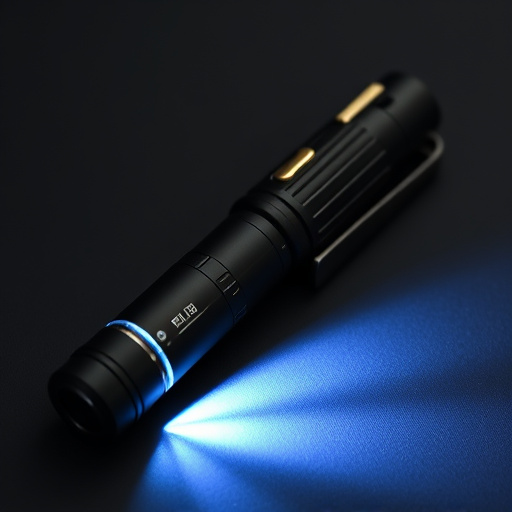This text explores the versatility, legality, and best practices surrounding pen stun guns as self-defense tools. It discusses varying state regulations in the US that govern civilian ownership, highlighting the importance of understanding local laws for responsible use. Pen stun guns, with their compact size and advanced electroshock technology, offer a unique and powerful solution for personal safety. However, factors like range, power output, and safety features must be considered before purchase. Strict licensing requirements in many states ensure qualified individuals can legally acquire these devices while minimizing misuse risks. Responsible ownership involves adherence to storage, deployment, and legal boundaries, emphasizing non-lethal force as a last resort.
“Exploring the legal landscape of civilian pen stun gun ownership is crucial for those considering this personal safety measure. With varying state laws and federal regulations in play, understanding your rights and responsibilities is essential. This article guides you through the key aspects, from the basics of pen stun guns to individual state requirements for acquisition. Learn about licensing, training, and safe handling practices to ensure responsible ownership.”
- Understanding Pen Stun Guns: A Brief Overview
- Legal Landscape: Federal vs State Regulations on Civilian Ownership
- Individual State Laws and Requirements for Pen Stun Gun Acquisition
- Licensing and Permits: What You Need to Know
- Safety, Training, and Responsible Ownership Guidelines
Understanding Pen Stun Guns: A Brief Overview
Legal Landscape: Federal vs State Regulations on Civilian Ownership
In the United States, the legal landscape surrounding civilian ownership of pen stun guns (also known as tasers) is a complex interplay between federal and state regulations. While the federal government has established guidelines for the sale and possession of certain non-lethal weapons, including tasers, individual states hold the authority to set their own requirements and restrictions. This dichotomy creates a patchwork of laws across the nation.
Federal law prohibits the export or sale of tasers to foreign countries, ensuring they remain primarily accessible within the US. However, state laws vary widely. Some states allow civilians to own tasers with minimal restrictions, while others impose stringent requirements such as mandatory training, background checks, and permits. Understanding these discrepancies is crucial for citizens looking to exercise their right to self-defense with non-lethal force tools like pen stun guns.
Individual State Laws and Requirements for Pen Stun Gun Acquisition
Licensing and Permits: What You Need to Know
In many states, civilian ownership of a pen stun gun is regulated by strict licensing and permit requirements. These regulations aim to ensure responsible use and prevent misuse of such devices. To legally acquire a pen stun gun, individuals typically need to undergo a background check, pass a safety training course, and obtain a permit from the relevant authorities. The process may vary depending on the state, with some requiring additional steps like registration or proof of completion of a self-defense course.
Licensing and permit requirements are designed to ensure that only qualified individuals can possess pen stun guns. These measures help maintain public safety by reducing the risk of unauthorized use or misuse of these devices. It’s crucial for prospective buyers to familiarize themselves with their state’s specific laws, as variations exist across different jurisdictions, ensuring compliance from the outset.
Safety, Training, and Responsible Ownership Guidelines
Safety measures are a paramount concern when considering civilian ownership of a pen stun gun. Many states have specific regulations in place to ensure responsible handling and minimize risks associated with their use. These guidelines often include age restrictions, mandating that users be at least 18 years old, and requiring a thorough understanding of the device’s functionality and safe deployment practices. Comprehensive training is another critical aspect; prospective owners may need to complete certified courses to learn about pen stun guns’ legal implications, proper usage, and de-escalation techniques.
Responsible ownership involves adhering to specific storage and transportation regulations, ensuring the secure keeping of these devices away from unauthorized individuals. Additionally, users should be educated on when and how to deploy a pen stun gun, emphasizing non-lethal force as a last resort. Regular maintenance and understanding the legal boundaries surrounding their use are essential responsibilities for anyone considering owning a civilian-grade pen stun gun.
In conclusion, navigating the legal landscape of civilian pen stun gun ownership involves understanding state-specific requirements. While federal regulations provide a framework, individual states hold the power to dictate acquisition processes. From licensing to safety guidelines, these laws ensure responsible ownership and use of pen stun guns. Before acquiring one, it’s crucial to research and comply with your state’s specific regulations, fostering a safe and legal environment for self-defense and personal protection.
